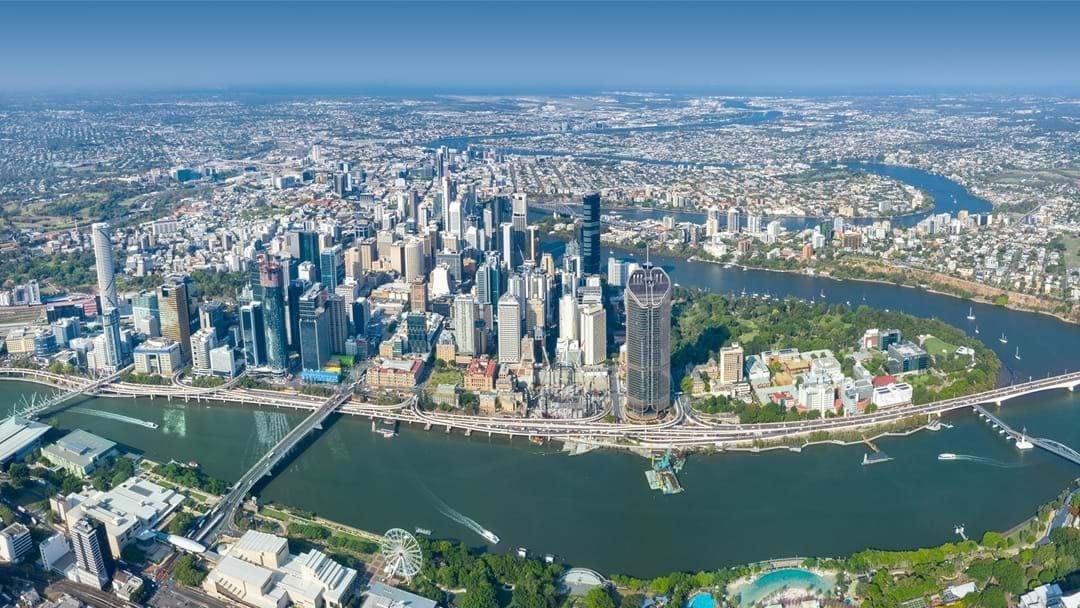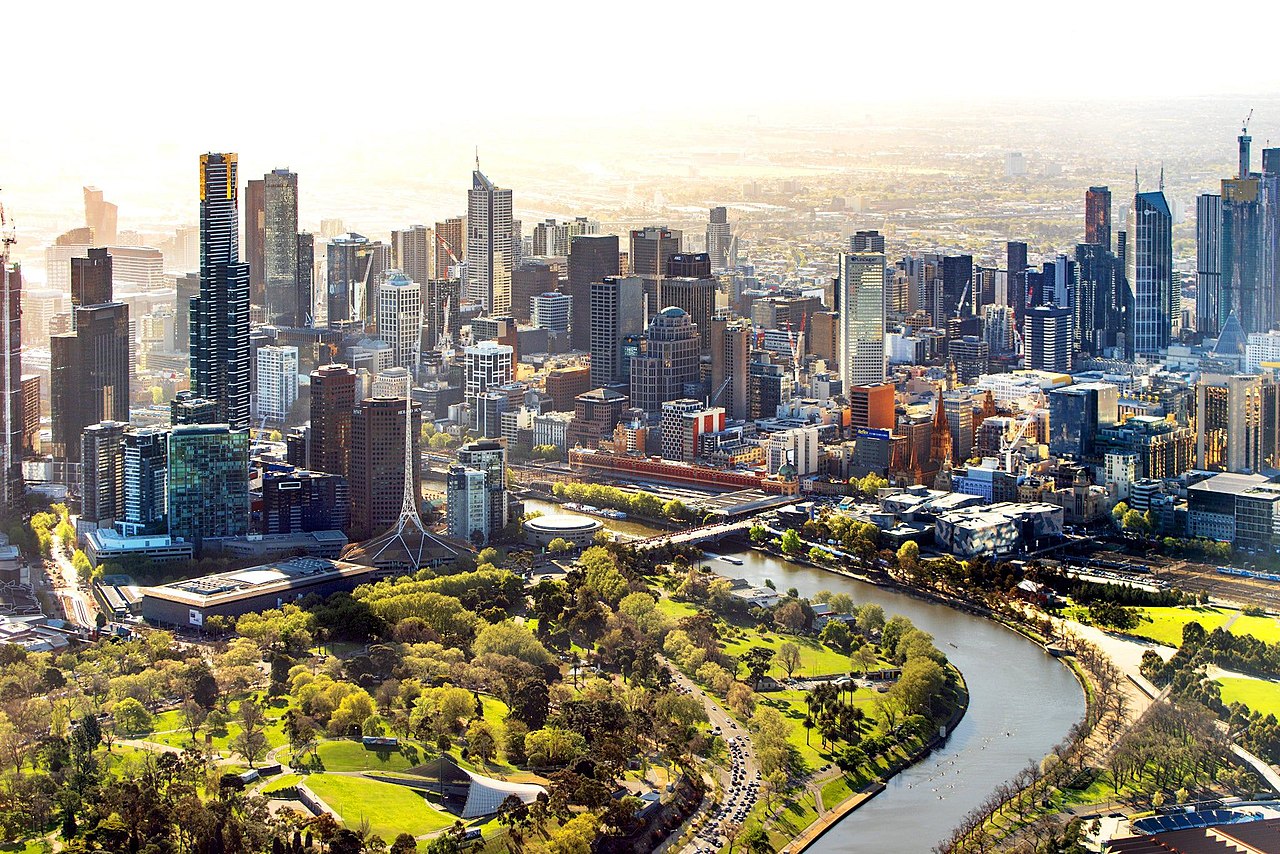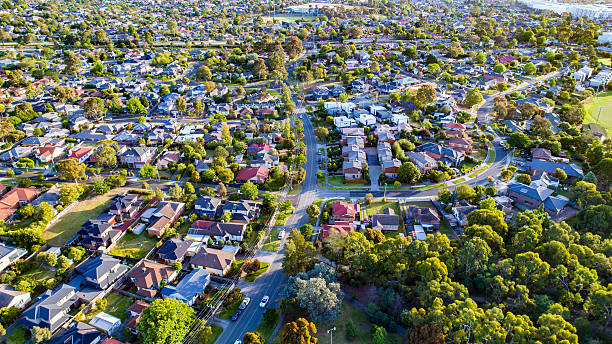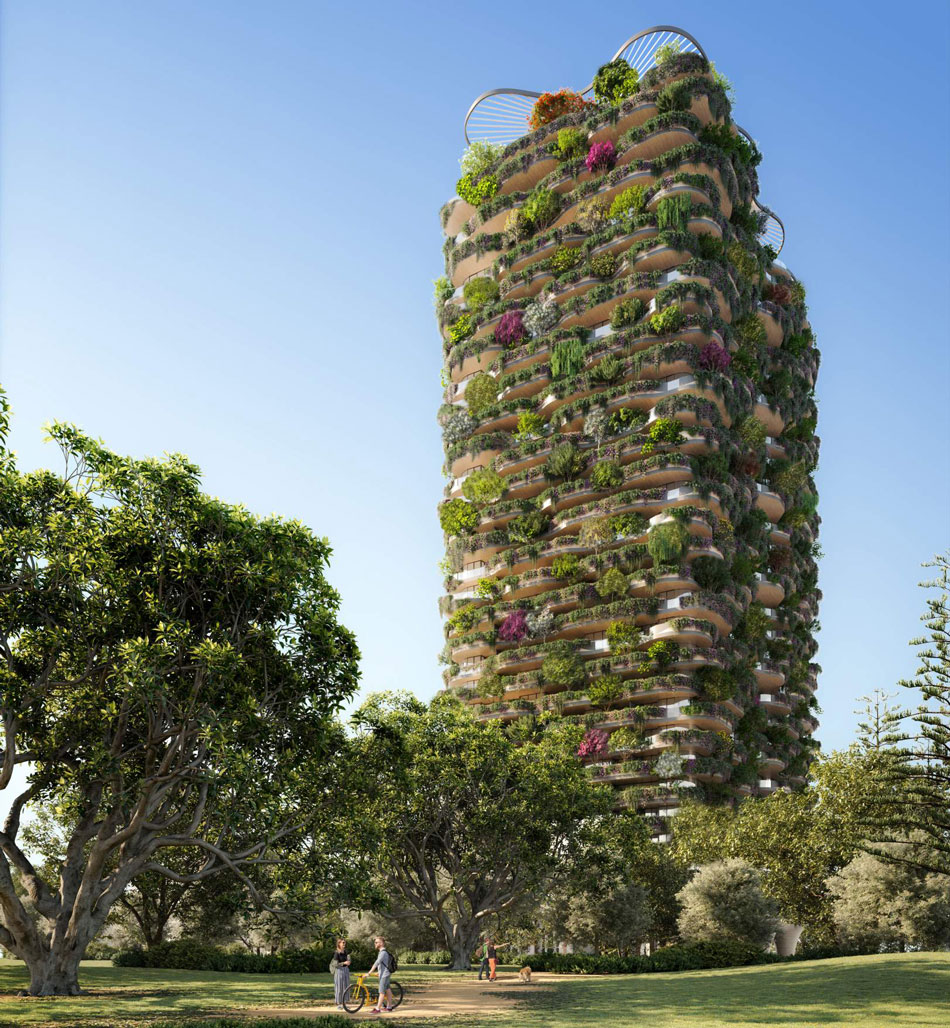cross-posted from: https://slrpnk.net/post/998526
Shamelessly stolen from u/OccamsLoppers on Reddit.
PS: I’m an arborist who creates tree planting plans for a living, let me know if you need advice!
Why does our HOA (who says the city requires it) make us plant a tree between the sidewalk and the street so that in the next 10-20 years the sidewalk is all fucked from the roots, and low branches make it annoying for anyone over 5ft to use the sidewalk?
The idea is that the trees planted will provide benefits that far exceed the costs of pruning or sidewalk repair. These costs can also be minimized with proper species selection, though in my experience HOAs typically lack the expertise to make good decisions on that topic.
This study found that for every dollar spent on tree installation, maintenance, repairs, etc, $5 of public value was returned. Seems like a good investment! https://www.fs.usda.gov/psw/publications/mcpherson/psw_2016_mcpherson004.pdf
Unfortunately, the benefits of trees are often intangible and dispersed across the community, while the costs can be more immediately felt in some cases. Ideally, your town’s urban forestry program should bear these costs so that they can be more evenly distributed like the benefits, but the political environment in some areas does not always allow for enough budget.
How does one determine a good species to plant between the road and the sidewalk? I assume slow growing, do some trees tend to root deep down more than “out” and on the surface which is what damages sidewalks faster?
I hope that someday there will be real data on this issue but right now it’s just anecdotal experience from arborists. There are databases that try to summarize this information. https://selectree.calpoly.edu/ is one I use a lot. California-centric but we have diverse climates so it should be fairly broadly useful. It has a recommended planter width, and ranks trees as high medium or low potential for root damage. Most small trees rarely cause damage, but also provide much less benefit than larger trees. Some bigger species I have noticed rarely lift sidewalks are Chinese pistache (note: invasive in some areas) and bald cypress.
That said, soil is also a large factor here–loose, oxygen rich soils promote deeper rooting and there is a lower likelihood of concrete damage. So proper soil management and protection can have an impact here as well.
Great, thank you!
This is really interesting, thanks! I had no idea. Our HOA does have a list of approved and disallowed trees but I don’t know the extent of it. Luckily we were able to plant a tree that is local to the area and is a small tree when fully grown. And I do really love that there are lots of trees in the neighborhood.
It’s funny you mention sidewalk repair because I feel like I’ve ever only seen that in one place I’ve lived. Highly anecdotal, I know. Hopefully in several years when the trees are more mature and the sidewalk has issues, the city will fix it.
Unfortunately, that sounds like more of an issue of bad governance than a tree problem per se. Sidewalks and other infrastructure can be damaged various ways, not just by trees, so if the local government is not repairing it then it will become a problem eventually. Keep in mind that many municipalities operate more based off of complaints than providing an even level of service everywhere. So if you are having a problem you may need to complain to get it fixed.
You cut off the low branches. But yeah the roots can mess things up.
You do have to be careful about pruning young trees. And also yes… I will keep the branches trimmed. I’m not the problem I’m annoyed with, it’s the others (HOA included) who do not keep their trees trimmed. I typically go for runs on the sidewalk and it’s very annoying but also great limbo practice
Because the city requires it? 🤔
Hi I study forestry and I’d like to know if there’s a species of tree you don’t like. The only species I have negative feelings for is Ailanthus altissima.
I don’t think there are any I hate universally— every tree is great in its right habitat. For my local area I think silver birch, Betula pendula would be my least favorite. Everyone loves planting them but they’re so poorly suited for our climate they just die.
What’s it about your area that it’s not doing well? I like that it’s basically the cow of trees. It has a white rind with dark spots and it provides you with a refreshing beverage in spring.
Way too hot and dry. We also have a pest insect that attacks and kills them and there’s no effective treatment for it.
What beverage?
Birch sap. It’s sugary water that you can harvest similar to maple syrup.
This is a beverage?
I have a dogwood in my front yard that needs a proper trim. I’m quite handy but I wonder what you think I should do hire an arborist or just research myself and try to use a light touch while trimming branches?
Worthwhile to learn for yourself even if you hire someone—bad pruning is ubiquitous in the tree care industry, even by so-called professionals. Keep in mind that trees don’t need pruning for their own sake. So before doing any pruning you want to have a clear goal in mind. A young tree that you can reach from the ground is easy enough for a layman to prune if you do your research. If it’s bigger I might hire someone but ask questions and ensure they have the proper certifications: ISA in the US.
Thanks!
That’s a dream job, what did you study?
Trees
General bio in college but if you are looking to get into the field there are specific arboriculture programs. I was just enough of a tree nerd that I learned a lot on my own.
When’s the next time of year to transplant clumping bamboo?
I don’t have direct experience with clumping bamboo (it’s not really a tree exactly) but for most perennials plants, fall is the best time to transplant.
Yeah, bamboo isn’t exactly on the ISA cert test, cheers!
How do I pick species that can handle the current climate in my region and the predicted one if shit really hits the fan?
Great question! There is a lot of research going into this right now so it’s not a solved issue yet but the easiest strategy is to identify a future climate analog—an area that today closely resembles your future climate, and learn what trees do well in that area.
Make sure to take note of cold hardiness. Since young trees are most sensitive to cold and the future climate isn’t quite here yet, you don’t want to lose your trees to an unusually cold winter, which can still happen at this point.
Another approach is to look at native tree ranges and focus on those that grow in your area but also in hotter and drier climates. Avoid species where you are at or close to the southern extent of their range. This might require more experimentation since not all wild species are suitable for urban environments.
I also expect some great data driven tools to come out on this topic soon—I know Cal Poly is working on one for California but it’s not ready yet.
Thanks for the detailed answer! I’ll have a look. Hard to predict the future here as I’m in the north of the Alps and currently warmed by the gulf stream. But I guess oaks are native here as well as in Italy so they would be a fit. A slow growing one, but beautiful as well.
Gulf stream is a tough issue because of the uncertainty around when it may happen and what its effects will be. Some research I’ve seen suggests the biggest temperature effects will be confined to coastal northern Europe but I’m not sure how certain that is. Hopefully research over the coming years will clarify that issue. In the meantime, two approaches may have merit. Species that tolerate a wide range of environments will be useful. And then on a broader scale, diversity will be important in case some species become unsuitable, others will endure.
Yeah, we’ll see once it happens. I’m not too keen on the outcome of this to be honest.
https://en.m.wikipedia.org/wiki/Hardiness_zone
Plant things that are right in your zone instead of stuff from a more Northern zone, this way when zones shift they’ll survive longer as they’ll be one zone off.
That’s a good idea, thank you!
I currently build a house. To get a permit for the building I have to plant and maintain(!) trees in the garden for the next 20 years - one large one (like beech or maple) or two smaller ones (like pear or hawthorn) for every 200 m2 of land. Only specific locally common trees are allowed. If I don’t have the trees I will be fined.
I mean that’s not much but it is a start. Trees should be mandatory.
Agreed! Sounds like an interesting system. Many areas require trees planted as part of development but it’s great that they specify size and a long maintenance timeline. In my area the builders have no responsibility after sale and so they plant tiny ornamental trees or inappropriate species. As a result, many new developments will never have the level of canopy needed to keep things cool.
I was just looking at Google maps street view from previous years in my neighborhood. There used to be trees in front of almost every house, now it’s less than half. It’s really frustrating. The street used to look so much lovelier.
Get out there and talk to your neighbors! In my city we are trying to form a volunteer committee to plant trees in front yards in every neighborhood. It lowers the barrier of entry if people can have the trees planted, and if they know who to turn to for advice on care. Some local governments may have programs or arborists who can help, and others have tree planting non-profits you could try collaborating with.
I agree in principle, but this just sounds like hell to me.
Oh no, planting a tree and letting it grow, the agony!
What exactly? The being forced to plant trees or trees in your yard in general?
I wish more cities would break open the pavement and plant more trees. It is notably cooler under the tree in my yard than under a parasol.
Even in my neighborhood there’s tons of front yard/driveways which are fully cemented. If people would only break it open and plant something. :(
All this concrete just absorbs all the heat and keeps radiating it when it finally cools down. A bit of green in cities would do wonders ( and not just a green patch in a sea of concrete )…
Definitely! San Francisco has a program where they cut into concrete to create more space. Wish more cities were willing to be that radical.
The US needs to do green infrastructure like Australian cities.



Personally I have far higher ambitions than that… but it’s certainly a start!

Now you’re speaking my language!
Is that a real building or a rendering? And if it’s real where is it?
Unfortunately just a render, we do have some green growth buildings in Melbourne but there’s been a few proposed project of this sort over the last couple of years. Here’s more on this one https://brisbanedevelopment.com/aria-proposes-worlds-greenest-residential-tower-for-south-brisbane/
Thanks. Unfortunately the renderings always look a little better than once its built. Growing vegetation on buildings is a cool idea but in practice it’s a difficult due to the harsh environment and low soil volumes, which often lead to sick or dead plants. Hopefully they have the proper design and maintenance strategy to minimize that.
That said, this technique has a huge potential to increase greenery in cities as the article correctly points out–the vertical structure allows for more vegetation over the same footprint. Not to mention that high-rise areas of cities tend to have the least greenery of any development style, so I support any way we can squeeze it in there.
In response to a suggestion for a million tree planting campaign, one of my mentors once said we should instead aim for a trillion leaves. He was referring to the increased leaf area of larger trees, but the same applies to smaller plants that are stacked vertically like this. Trees are the most bang for your buck but I’ve thought about trying to develop a program to encourage green roofs, vines, and other greening of buildings because that’s a lot of unused space at the moment.
I would love to plant trees, but I have a very small lot and it’s already got just about as many trees as I can put on it (because of an easement I can’t put any in back where I’d like to). I have 6 pine by my garage, a huge oak in front, and some piece of shit tree with small leaves that I hate but does a great job shading my house in summer - it’s about tripled in size in the 10 years I’ve been here.
But I do collect acorns from my massive old oak tree (probs about 100 yrs old - the house is 140) and give buckets of them to whomever wants to spread them on their land.
Teamwork makes the dream work, and I’m actually going to get a full drop of acorns this year (haven’t had one in 3-4 years)
That’s great! I’m experimenting with growing acorns into seedlings to give away. Acorns can sometimes have poor germination or get eaten if you scatter them about. Then again it’s a lot easier so if even a few grow this can be a good approach.
Yeah this is mostly for people with large acerage. I live in a semi-rural town and there’s a lot of money to be had in tax write offs spreading trees on their own disused farmland. They don’t care if they all grow, they want the least amount of work possible, and every tree that comes up in a given year is an additional sum of money (I don’t really understand the program, but it seems to be very fine grain, down to individual trees or like a per m2 density or something, and the type of tree matters, oaks are worth more than birch for example). I could probably charge for them if I really wanted to, even without being sprouted, but I’d rather they just grow.
So far (10 years) I’ve given away about 20 5 gallon buckets worth, acorns only (no sticks, leaves, rocks, or loose caps), about half of that to people I know who spread them before the leaves fell. Good for nature and wildlife :)
mmm canooy
Change your search engine to Ecosia. You’ll plant dozens of trees a year!
A few trees really don’t do much. My half acre lot is a biodiverse garden covered in 3 pollinator gardens and a half dozen tree varieties but it’s delusional to think that’s helping with global warming. The sad reality is the big corporations are the ones doing the bulk of the damage and aren’t going to stop unless we make them. They also aren’t doing shit to reforest the planet.
You are wrong. Every tree planted makes a difference, so your garden does, and mine, and the gardens of people reading this thread. Let’s just do both, plant more trees and stop big corporations from doing more damage.
Really, even the tiniest thing helps. Even a pot of parsley on the windowsill. Please do not give up and seed something.
I don’t think we are talking about global warming, tree are very good at local climate control. The shade plus evaporation from the leaves can lower the temperature by several degrees.
In this study they observed that cities area with trees can be up to 12°C cooler than area without trees. https://www.newscientist.com/article/2298675-trees-cool-the-land-surface-temperature-of-cities-by-up-to-12c/
Meanwhile, at Universal Studios.
In a century or two ofk…
Well, depends on your climate but in my area you can start to get some shade in 10-20 years depending on species.
Yeah there are a lot of trees that grow up to 4ft a year (maples, firs). Buy a 10ft tree, water and fertilize it as needed, and you can shade your house in a few years.
I have to admit to chopping far more trees than I planted this year b-but that’s only because there were already too many trees around!
No such thing! Unless maybe you’re talking about thinning to reduce fire danger.
Just some trees had rot and were a danger to the house. But plenty of new ones are growing! One is even throwing some shade after only 3-4 years or so
Ah that can also be an issue. If it’s a real safety hazard sometimes you have no choice. Just make sure you don’t get scammed—some tree companies like to exaggerate the risk so you’ll pay for removal.
I’ve seen the calculation somewhere, you’d need to plant more tress than there is surface space on earth.
Calculation is 1 tree = +1 shade
Which is nice but not going to stop climate change.
It won’t solve climate change alone but every little bit helps and more importantly it will keep cities cooler to prevent mass deaths from heat.
But yes we need to both aggressively cut fossil fuel use and plant trees where appropriate.















